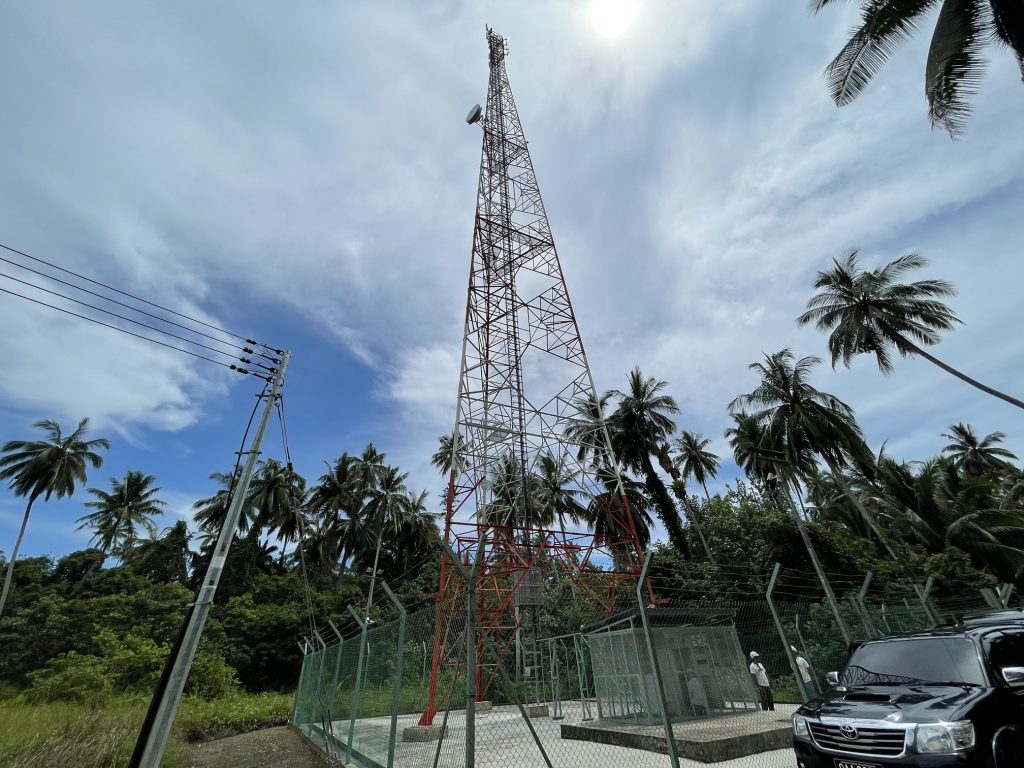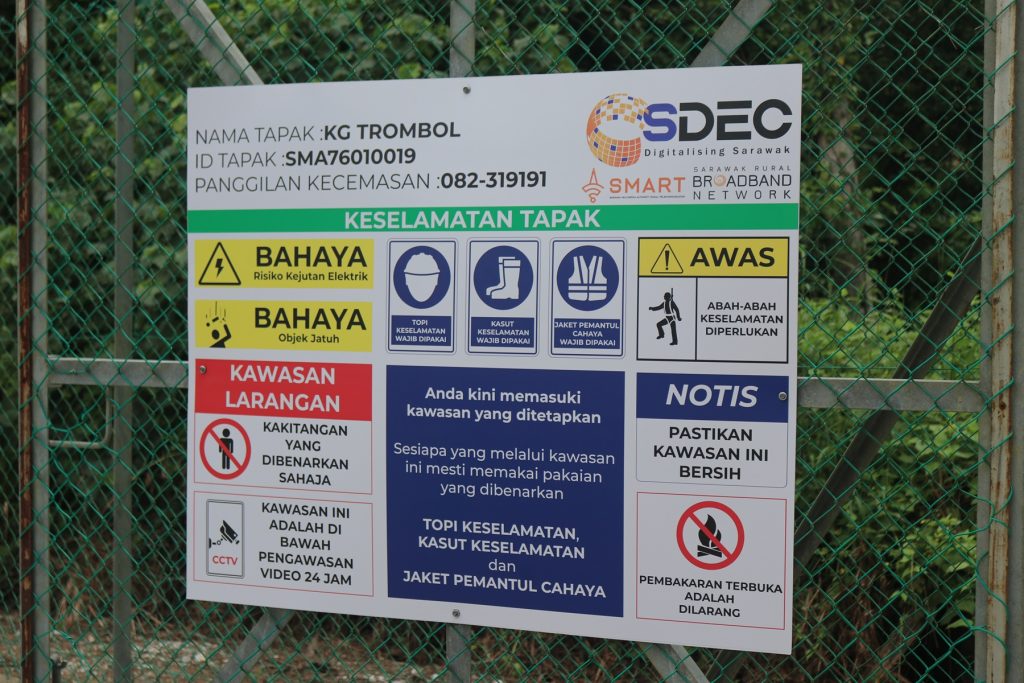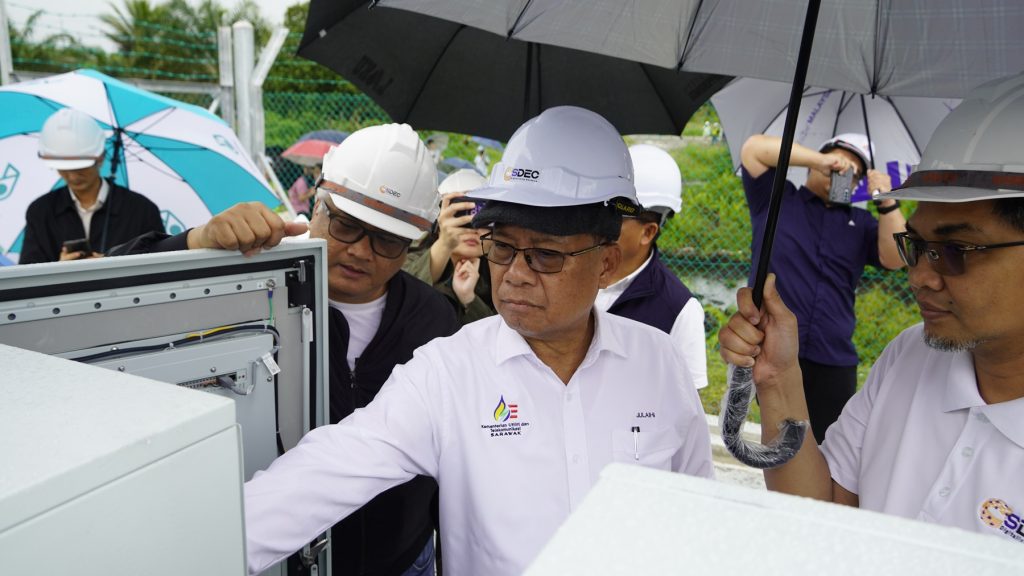KUCHING, 10 MAY 2024 – As a company wholly owned by the Sarawak Government and entrusted to lead the implementation of digital economy initiatives for the private sector in Sarawak, one of the key initiatives mandated to Sarawak Digital Economy Corporation (SDEC) Berhad is the implementation of the Sarawak Multimedia Authority Rural Telecommunication (SMART) project that aims to bridge the digital divide between rural and urban areas in Sarawak.
In essence, the provision of telecommunication infrastructure falls under the purview of the Federal Government, facilitated through the Malaysian Communications and Multimedia Commission (MCMC). Through MCMC, a total of RM4.09 billion is allocated for the implementation of the JENDELA Phase One initiative, which includes the construction of 842 new towers.

However, as an intervention measure to expedite and expand internet coverage from urban to rural and remote areas of Sarawak, the Sarawak Government implemented the Sarawak Linking Urban, Rural, and Nation (SALURAN) initiative with a fund allocation of RM2.25 billion for various stages of implementation.
The SALURAN initiative is divided into interim and permanent solutions. For interim solution, the internet service is provided via satellite namely WiFi SALURAN and Digital Socio Economy (DSE). As for the permanent solution, there are Sarawak Rural Broadband Network (MySRBN), Sebauh High Speed Open Broadband Network, upgrading internet capacity project in Long San, and construction of 600 towers including equipment installation and providing telecommunication services for the SMART project.
The construction of the 600 SMART towers which vary in height and design involves complex and elaborate stages, taking at least 18 months before it can be operational or ‘on-air’. The first nine months are dedicated to site identification survey until tower erection. This period also requires soil investigation work to be done, development of site engineering design, construction of access roads, and so on.

The subsequent nine months are for the installation, testing, and commissioning of telecommunication equipment such as Multi-Operator Core Network (MOCN) equipment for 4G, IP core, wireless or wired transmission devices, power supply, MySRBN equipment, and home modem equipment.
The erection of towers alone does not signify the provision of service. For the towers to be fully operational, they must undergo proper installation with suitable equipment, reliable electricity supply, mobile services, and backhaul services integration. Backhaul services refer to links that connect the core (or backbone) networks with the smaller subnetworks towards the edge before users can access the internet by accessing the subnetwork. This construction period may be delayed if implementation faces issues such as obtaining permits, land acquisition, and rights-of-way, including access and electricity usage permissions.
The construction of towers, whether SMART (SDEC), JENDELA (MCMC), or commercial (telecommunication service providers), will go through a transition period where the tower remains unequipped or ‘naked’ for a certain period between tower completion and the start of telecommunication equipment installation. This period may be extended due to factors such as the COVID-19 pandemic where global telecommunications equipment supply was disrupted, unpredictable weather, the unavailability of electricity and backhaul services, and security reasons such as wayleave issues.

As of March 2024, all SMART towers have begun to be equipped with telecommunication equipment in stages by SDEC. Installation works are progressing diligently at various stages, with 511 towers currently equipped and 307 towers operational or ‘on-air’ with MySRBN, out of which 251 of these towers also provide 4G mobility. The SMART project is scheduled to be fully completed by Q2 of 2025.
Comparatively, the construction period for towers under the Federal Government JENDELA initiative also takes at least 18 months. These towers are actively being implemented at various stages and are also expected to be completed by the end of 2025.
